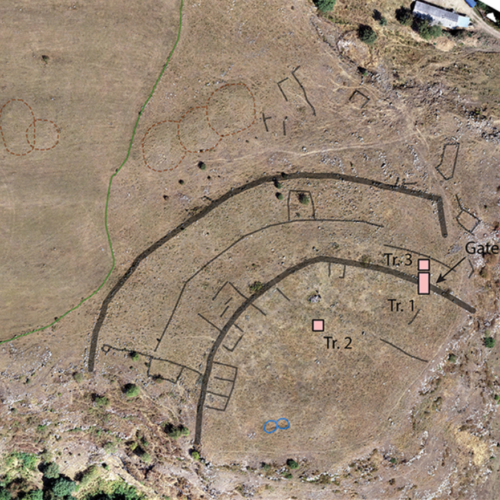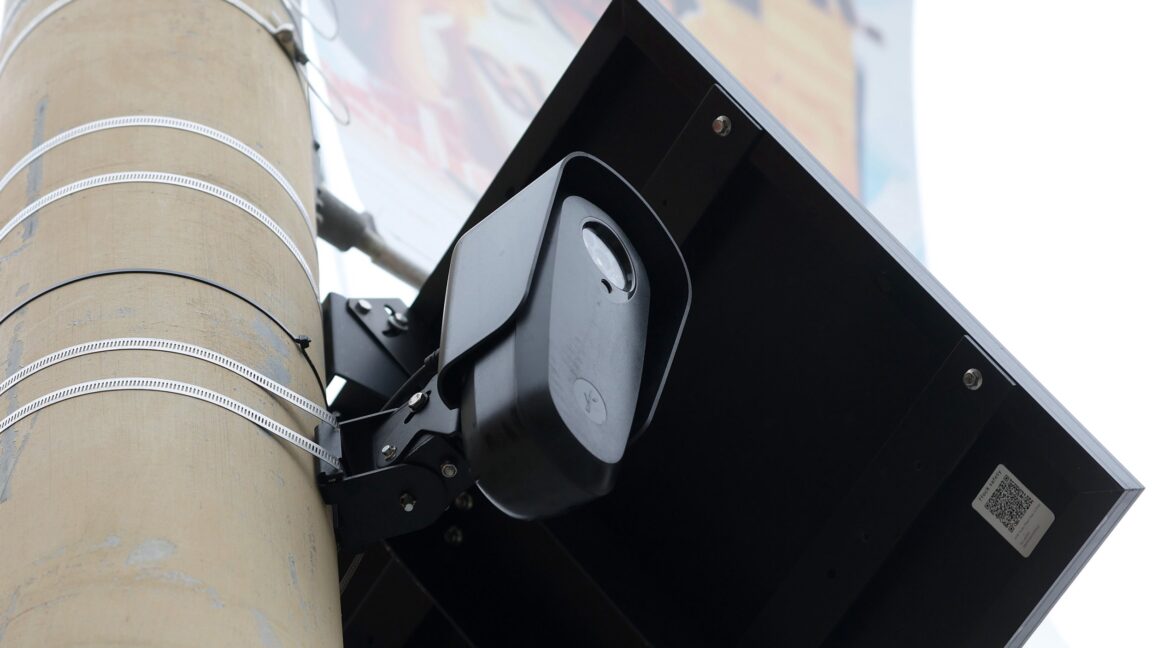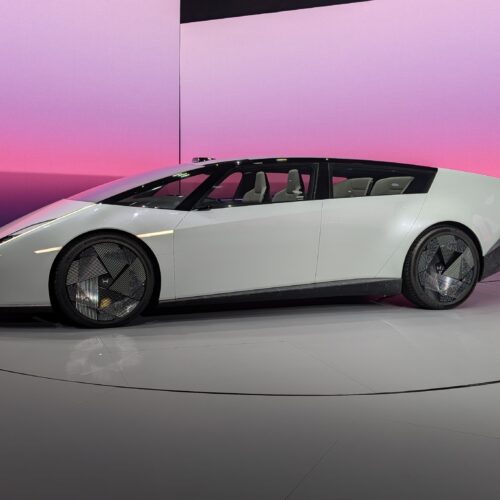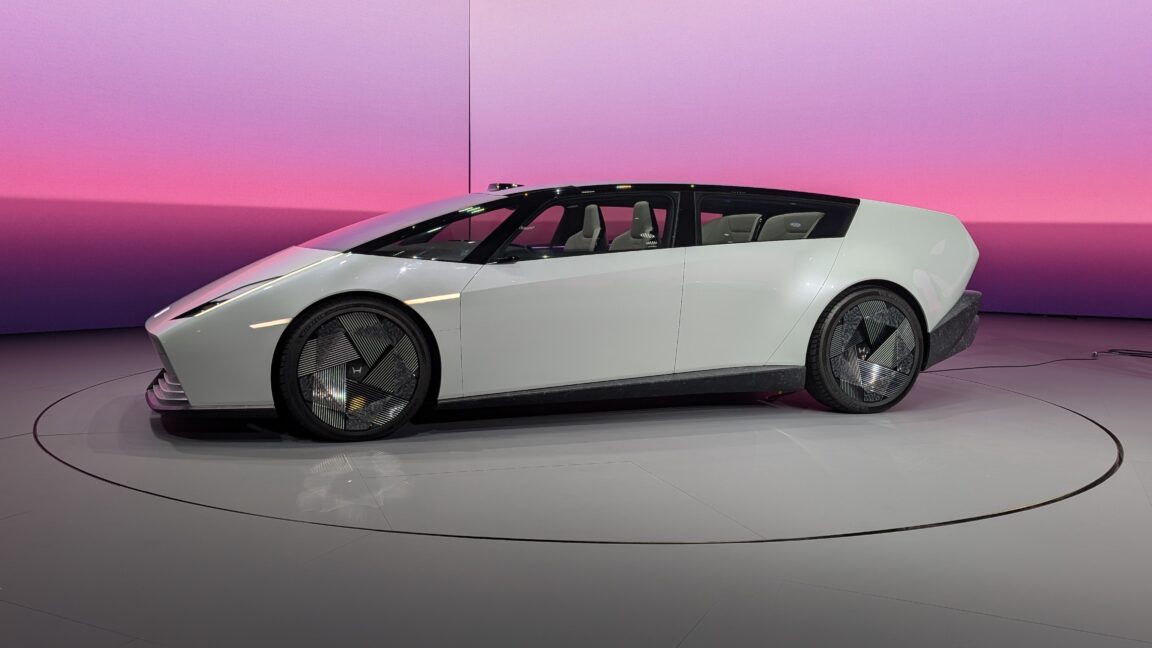Of course Atari’s new handheld includes a trackball, spinner, and numpad
In the wake of the successful Nintendo Switch and Valve Steam Deck, we have seen a wave of PC-based, Android-based, and even FPGA-based handheld gaming systems that can sometimes be hard to tell apart. The upcoming Atari GameStation Go sets itself apart with what we're relatively sure is a first for portable gaming: built-in trackball, spinner, and number pad controls.
Gamers who cut their teeth after 1990 or so might not remember an era when arcade and home console games often relied on controls that went beyond the usual D-pad/joystick and action buttons. But there are plenty of classics from the early days of electronic gaming that just don't feel right unless you have a trackball (Centipede, Missile Command, Crystal Castles), spinner (Arkanoid, Tempest), or number pad (Star Raiders, Intellivision sports games). Many modern retro re-releases try to re-create these kinds of games with more standardized joystick and button controls, but the results can be limited at best and unplayable at worst.
The Atari GameStation Go, on the other hand, seems to be aiming for maximum retro authenticity by packing a whole host of control options into its $150, 7-inch display portable. While a prototype shell for the GameStation Go was briefly shown at the 2024 Consumer Electronics Show a year ago, this year's CES is the official announcement party for a playable version of the GameStation Go.
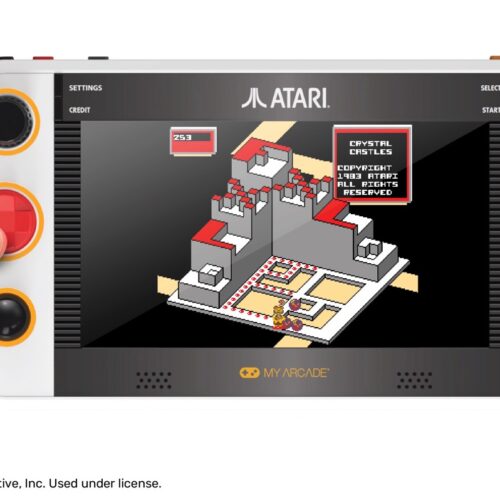
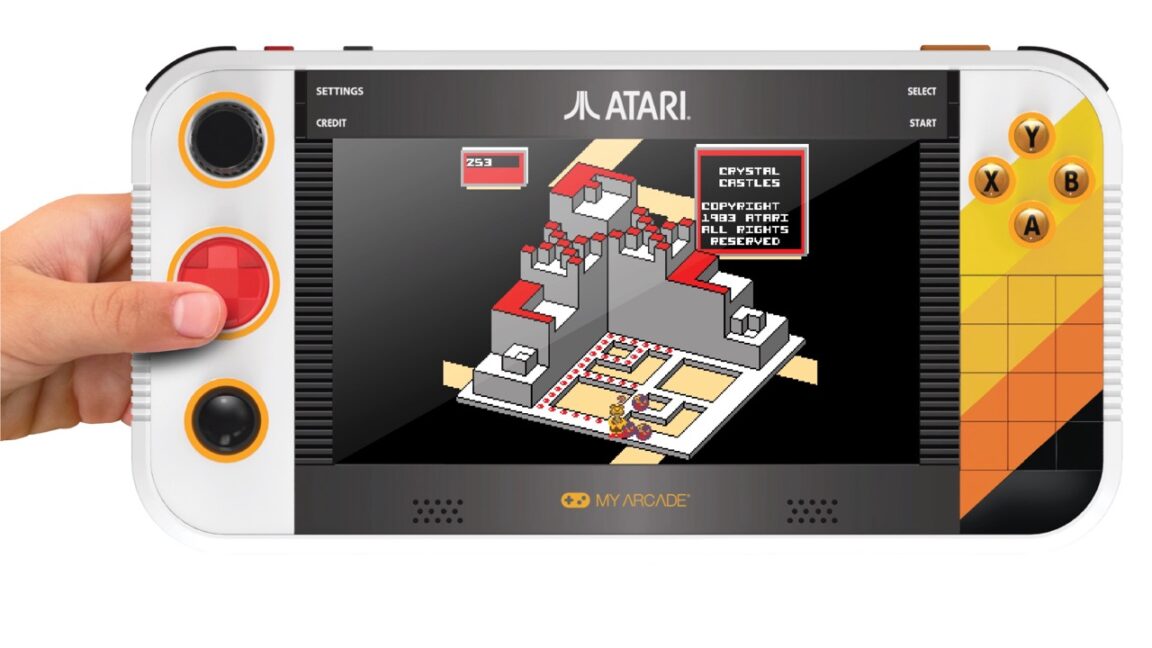
© My Arcade / Atari






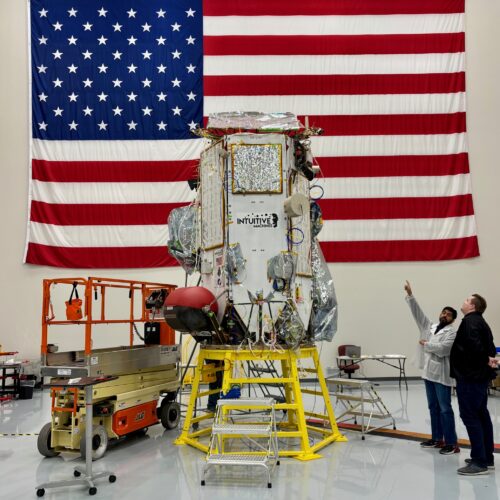
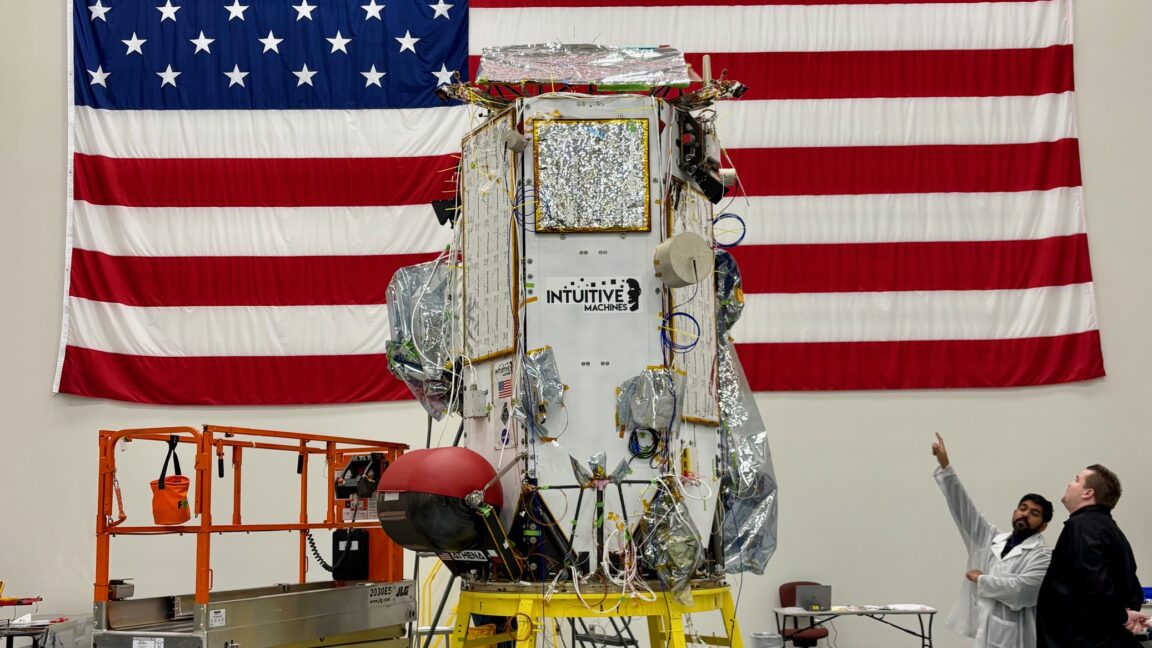


 This map shows an aerial map of the ancient megafortress at Dmanisis Gora.
Credit:
Erb-Satullo et al. 2025
This map shows an aerial map of the ancient megafortress at Dmanisis Gora.
Credit:
Erb-Satullo et al. 2025
